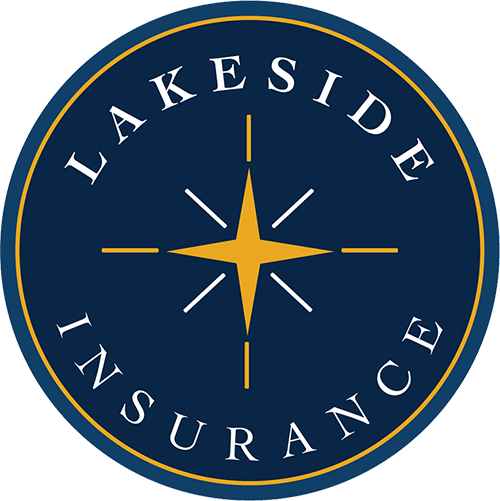
The total cost of work-related injuries was $167 billion in 2021, according to the National Safety Council. And an estimated 103 million days were lost due to injuries. It’s no wonder that many companies have made safety their top priority. Maintaining a safe workplace reduces accidents, improves worker satisfaction, and helps limit your insurance claims. It also protects your business from Occupational Safety and Health Administration (OSHA) violations, expensive lawsuits, lost productivity, and reputational harm.
Federal law requires employers to provide employees with a healthy and safe work environment. Workplace safety programs are common, and in many industries, health and safety training is required. Whether you run a small business or work for a large firm, your company can benefit from a written workplace safety policy. Your policy should include job-specific safety rules, training programs, safety enforcement procedures, prescribed disciplinary action, and an ongoing review and evaluation process.
Part of your safety protocol may be having an on-site review of your operations to discover areas where you can improve. A site review can be conducted by your insurance broker’s risk services team, a risk management consultant, OSHA, or your insurer if it offers such a service.
The value of an insurance risk review
Risk advisers specialize in reducing safety problems in specific industries. For example, the risk evaluation and mitigation program of a food manufacturer would be different from that of a hospitality business. Risk advisers are familiar with the type of business they are evaluating, so their results and recommendations are specific.
They learn about your operations and your claims history. Then they come to your worksite(s) and see if there are any areas where you can improve. The result is usually a report that spotlights good protocols, areas to work on, and things that need immediate attention. The risk adviser may also provide you with training materials that will help line managers correct problems and ensure compliance with OSHA requirements and other regulations.
Following your adviser’s suggestions can substantially decrease your claims, which will decrease what you pay for workers’ compensation insurance. Having a better claims history will also make you more attractive to insurers, which gives you more options in terms of coverage and premiums.
To prepare for your site visit, have copies of your policies and procedures, safety records, and training schedules available, along with staff responsible for employee safety. The risk adviser or inspector will want to tour your facilities and ask questions.
A site visit might reveal exposures such as:
- Trip hazards
- Cluttered hallways
- Unmarked exits
- Stairwells that are unlit or in disrepair
- Peeling paint
- Out-of-date fire extinguishers
- Broken emergency lights
- Missing railings
- Roofs with missing shingles
- Machinery in need of inspection
If an insurer has requested the intervention because of problematic claims, you might be given a deadline to implement corrections. Keep in mind that your insurer and broker want you to succeed and improve your safety risk, which helps your business become a better place to work.
OSHA’s on-site consultation program
OSHA also offers safety advice to employers and has an on-site program for small to midsize businesses. These free consultations are separate from OSHA inspections and are kept confidential. OSHA’s consultants will visit your workplace and help you identify hazards. They can also provide compliance advice and assist you with establishing safety and health programs. Priority is given to high-hazard worksites.
No citations or penalties will be issued if you decide to have an OSHA walk-through. However, you’ll be expected to promptly correct any serious hazards. You can request a visit through OSHA’s consultation directory, which you can find through an internet search.
Other risk management services
Depending on the size of your company, you may want to seek other risk management services. Your insurance professional may offer these services directly or connect you with a third-party risk consultant. Here are some of the services you may find useful:
- Risk and vulnerability assessments
- Regulatory conformity assessments
- Vendor and third-party risk transfer assessments
- Workers’ compensation consulting
- Safety audits
- Claims management
Creating a culture of safety
All the consultants in the world can’t make your workplace safe if you don’t create a culture of safety and encourage healthy behaviors. A hazard-free worksite starts with management taking safety seriously and incorporating it into everyone’s daily routine.
Here are just a few suggestions to help promote safety:
- Conduct regular safety meetings.
- Provide safety training.
- Ensure that appropriate personal protective equipment is available and used.
- Provide ergonomically designed workspaces and equipment.
- Properly maintain equipment and vehicles, and make sure their safety features work.
- Require drivers to wear seatbelts and obey safety rules.
- Communicate clearly what is involved in a task.
- Appoint a safety officer for work projects.
- Develop a procedure for responding to and reporting accidents.
- Create incentives for healthy and safe behaviors.
Remember, a safe workplace means fewer accidents, higher productivity, and lower insurance claims. Employers with strong safety records report better employee morale and have lower chances of a costly OSHA violation or lawsuit.
Talk to your insurance professional about site visits and how to increase safety at your workplace. Integrating risk assessment tools and safety training programs can improve your loss history and lower your workers’ comp premiums. That’s a win for you and your employees.




